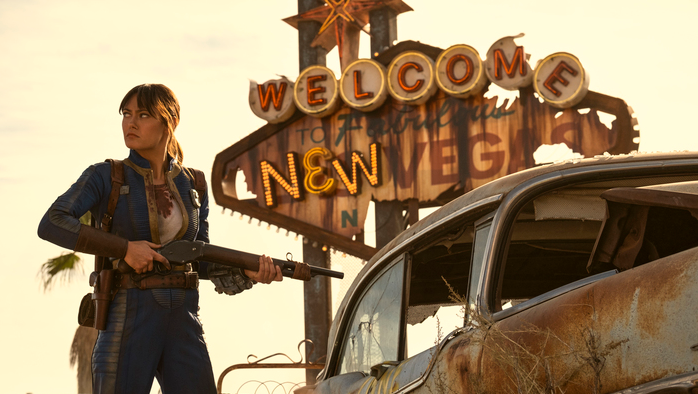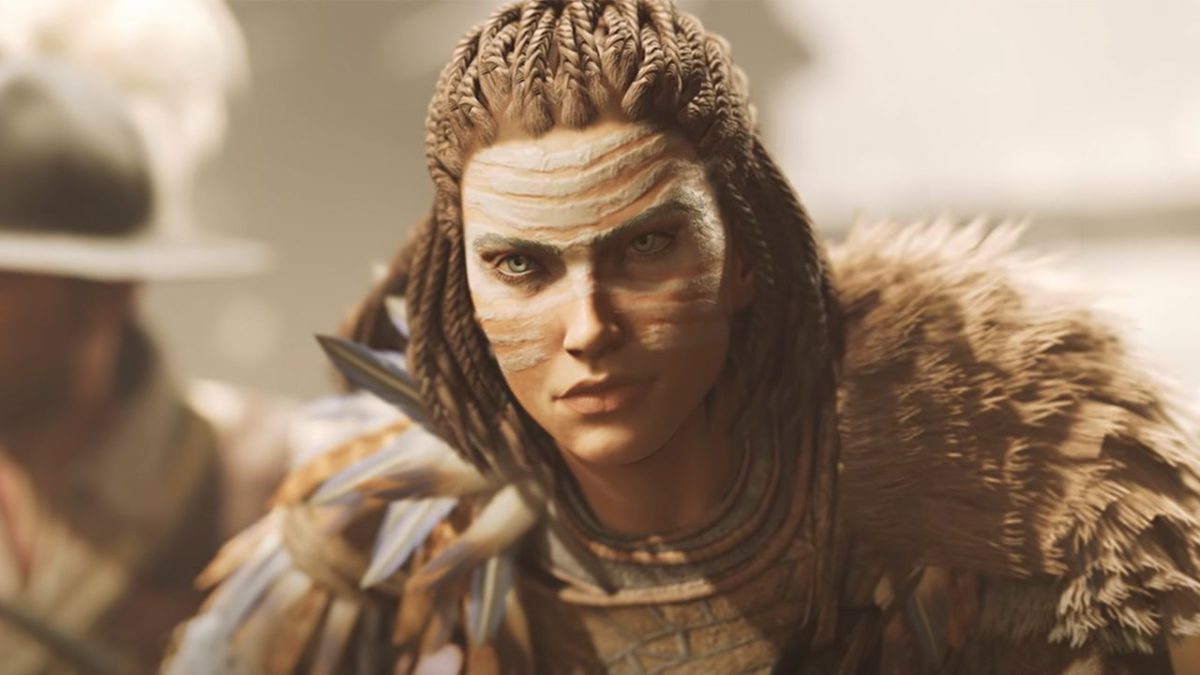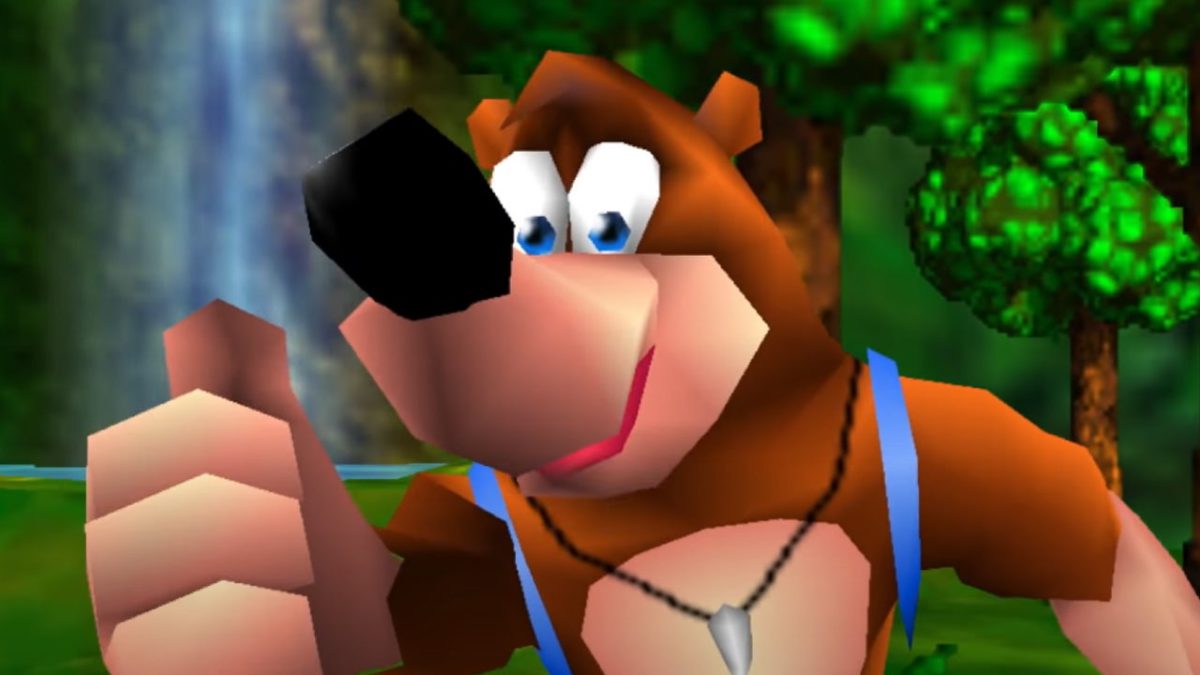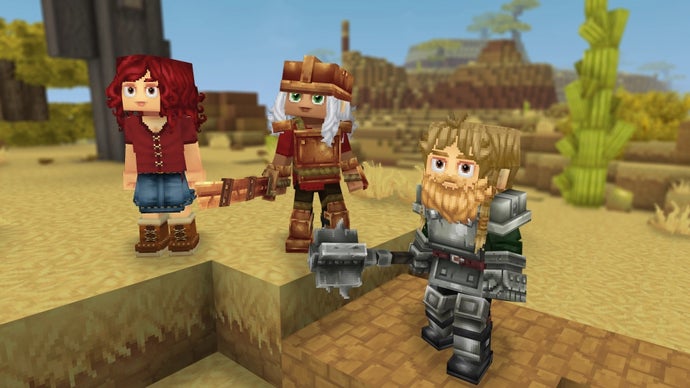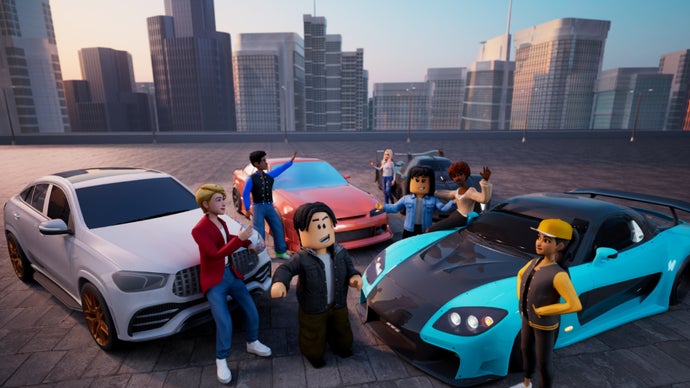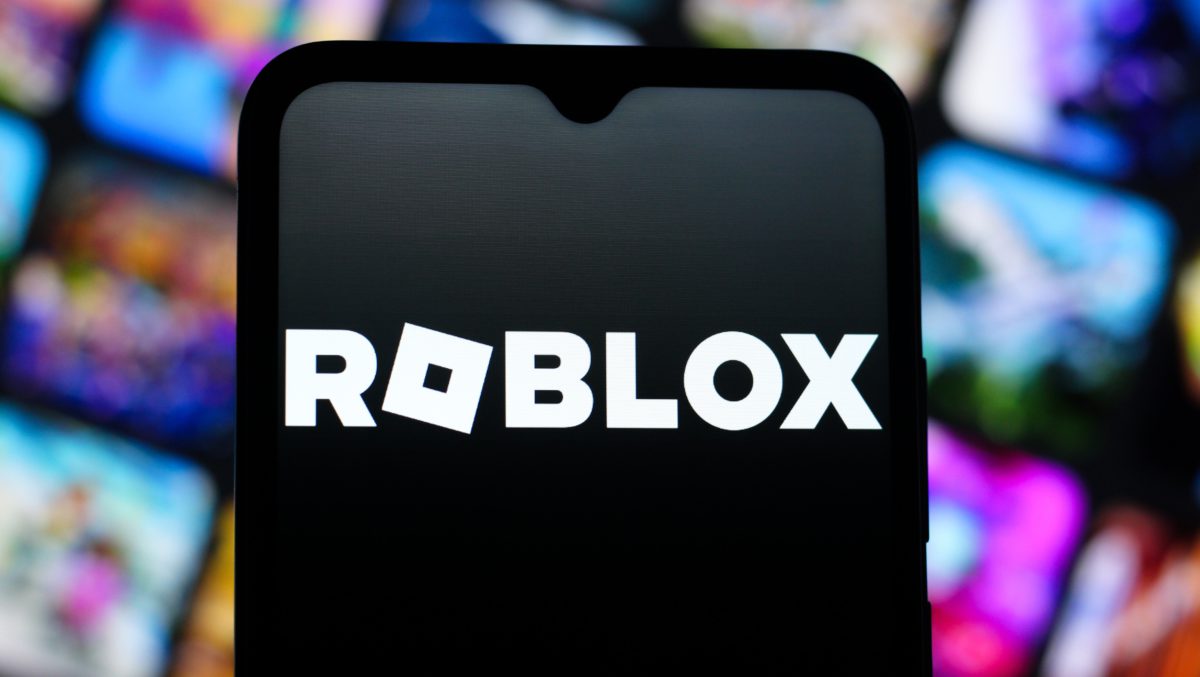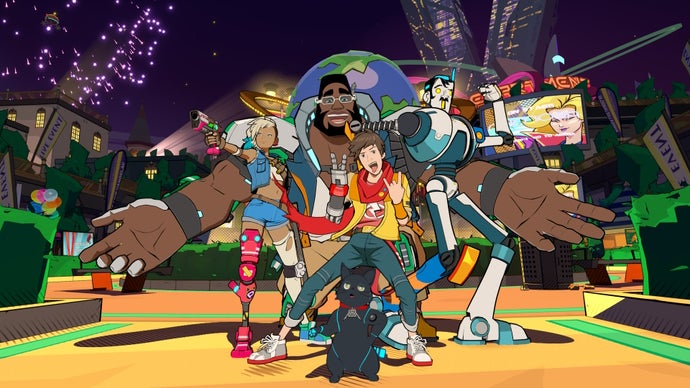The gods created man, and man created stories.
In the beginning there was Romancing SaGa, the first entry in a classic 16-bit RPG trilogy. The beloved adventure was later remade on PS2, titled Romancing SaGa -Minstrel Song-. On December 9, Red Art Games will release an enhanced version of the PS2 game on PS5 and PS4, titled Romancing SaGa -Minstrel Song- Remastered International.
This new International version is the most comprehensive, featuring new characters, tougher challenges, as well as numerous QoL improvements including French, Italian, German and Spanish localization, the ability to switch between English and Japanese voices and more, making it perfect for longtime fans and first-time SaGa players.
Before we head back into the world of Mardias, I was honored to have the opportunity to interview Akitoshi Kawazu, the original creator of the SaGa series and both producer and director of the 2005 version. Kawazu-san was kind enough to answer a few questions we had about the game, the SaGa series’ grand 36-year history, and his personal thoughts in the process.

Could you tell us how the idea of the first Romancing SaGa title came into being?
I had always wanted to make a grand fantasy RPG in the style of The Lord of the Rings. With our previous experience and the new hardware available, I knew that now was the time to take on that challenge.
And then came Romancing SaGa -Minstrel Song-. What were the challenges associated with the development of the 2005 version for PlayStation 2 ?
The biggest challenge was figuring out the limits to which we could push the PS2’s expression capabilities. New team members wanted different expressions than those found in the original version, but if we strayed too far it wouldn’t be faithful to the original. Development was all about striking a balance.
In the PS2 version, the original 2D pixel art was completely remade into a full 3D game. In terms of battles, new systems such as BP management and combos were introduced, adding greater strategy and drama to each encounter. The music, composed by Kenji Ito, was also boldly rearranged, giving players a fresh and powerful listening experience even if they were familiar with the original. In addition, features such as the class system and proficiencies were added, reflecting the trends of the time and making the game more accessible and comfortable to play.
It must be something special to see the game brought back to life in the PS5 version. What was it like to be in the room when Square Enix was discussing remastering the game? What was at the forefront of your minds then?
Another full remake would be required to fully use the capabilities of the PS5, and that wasn’t the goal of this project. That said, we knew that we didn’t want to waste the potential of its high specs, so we tried various approaches to see what was possible. We also discussed what kinds of additional elements we wanted to include.
In the remastered version, several new elements and improvements have been introduced to further enhance the player experience. New playable characters have been added, along with high-difficulty bosses designed to challenge even veteran players. A newly written scenario by Akitoshi Kawazu expands the story and world of the original, while Kenji Ito’s music has been boldly rearranged, offering a fresh and dynamic listening experience. In addition, various quality-of-life features—such as improved UI, a battle speed-up option, and post-clear data carryover—make the game more accessible and enjoyable for both new and returning players.
Romancing SaGa has a long history. Over 30 years and counting! What makes the game such a reference in the JRPG genre that it even now remains so fun to revisit?
I think it’s because we highly prioritized giving the player a large degree of freedom. Games are enjoyable because they operate under a certain set of rules, but those rules aren’t fun if they’re there only to suit the designers’ whims. A big part of the game’s appeal is in getting the player to remember their playing experience long after they’ve finished.
How does Romancing SaGa -Minstrel Song- Remastered International’s story differ from the original Romancing SaGa’s?
The basic premise and story flow remain the same, but we added multiple elements reminiscent of short fantasy stories so that players would be able to enjoy the world’s lore a little more.
In this remastered version, numerous new events have been added that were not present in the original 1992 release. New storylines include the introduction of the Volunteer Brigade, which guides players through basic game systems and progression, as well as additional episodes that further develop certain characters — such as Marina and Flammar, who are now playable. There are also special events that can only be experienced on a second playthrough or later, offering players more depth and replay value.
Among the many protagonists of Minstrel Song, who’s your favorite? Can you explain why?
I think the most protagonist-like of them all is Albert, a young man battered about by the whims of fate.
One of the most striking elements of this title is its artistic direction by Tomomi Kobayashi. Could you tell us why you chose to feature her art in the game?
We went with Tomomi Kobayashi because her use of delicate lines and bright colors inspire the player to use their imagination. I would go so far to say as the development team—myself included—were even more stimulated than the players. The reason the characters come to life can be directly linked back to Kobayashi-san’s designs.
Regarding the “Minstrel” mentioned in the title. In the Romancing SaGa series, a Bard always appears in each installment. What would you say is the role of the Minstrel?
The minstrel is there to provide an objective view of the world. While he does empathize with the protagonists, he is someone who loves everything about the world, including the fiends that reside there. I don’t like it when a story overemphasizes the protagonists’ emotions to the exclusion of other aspects of the world, so I make a concerted effort to include characters who are able to provide a more universal outlook.
Regarding the music in this title — the remaster seems to have further enhanced its presence, elevating the overall gameplay experience. In the PlayStation 2 version of Romancing SaGa -Minstrel Song-, many tracks were boldly rearranged from the original Romancing SaGa, and new compositions were also created. Could you share any particular stories or memories about the process of arranging or composing these new pieces?
We rearranged the music in order to take better advantage of the PS2’s breadth of sound and music capabilities. Kenji Ito, who composed the original, did a lot of work on the overall project, with his fresh arrangements and new songs often bringing our sound engineers to tears.
For a long time, the Romancing SaGa series has mainly been developed with Japanese players in mind. How do you feel about Red Art Games’ overseas release of Romancing SaGa -Minstrel Song- Remastered International, which now includes additional localizations in four European languages?
My decisions at the time meant that the original didn’t make it overseas for a very long time. I am incredibly pleased that this work can now be enjoyed in the land where the fantasy genre got its origins in the languages of the people who live there.
How would you like to see the SaGa series develop in the future? Are there any new directions or challenges you would like to explore?
I would like to continue bringing fantasy RPGs with a modern flair to audiences, including by remaking previous titles.
Thank you so much for your time, Mr. Kawazu!
And thank you, dear reader, for coming this far! The game will be available December 9 on PlayStation Store for PS4 and PS5.






